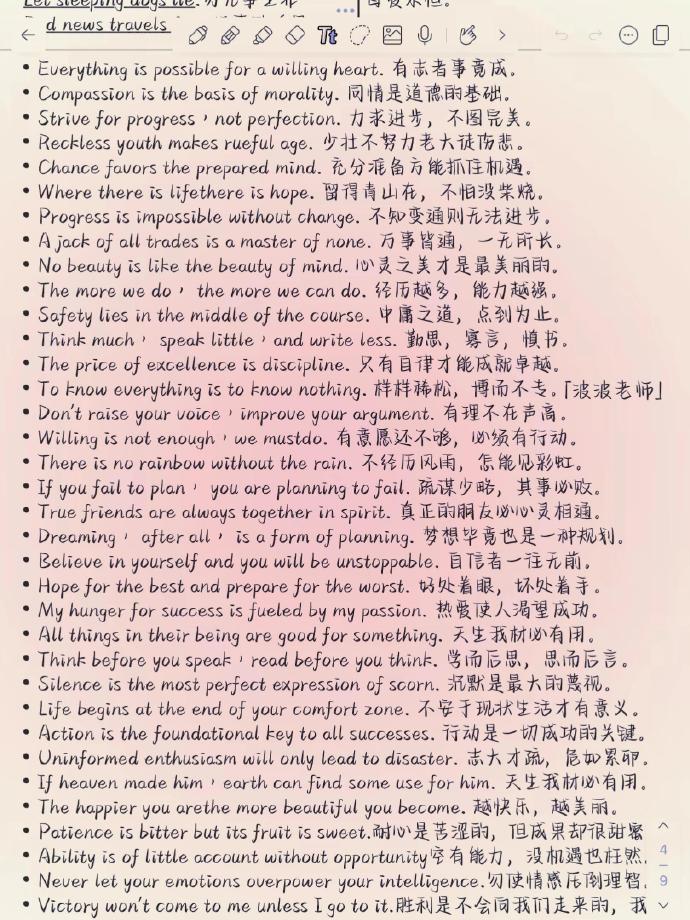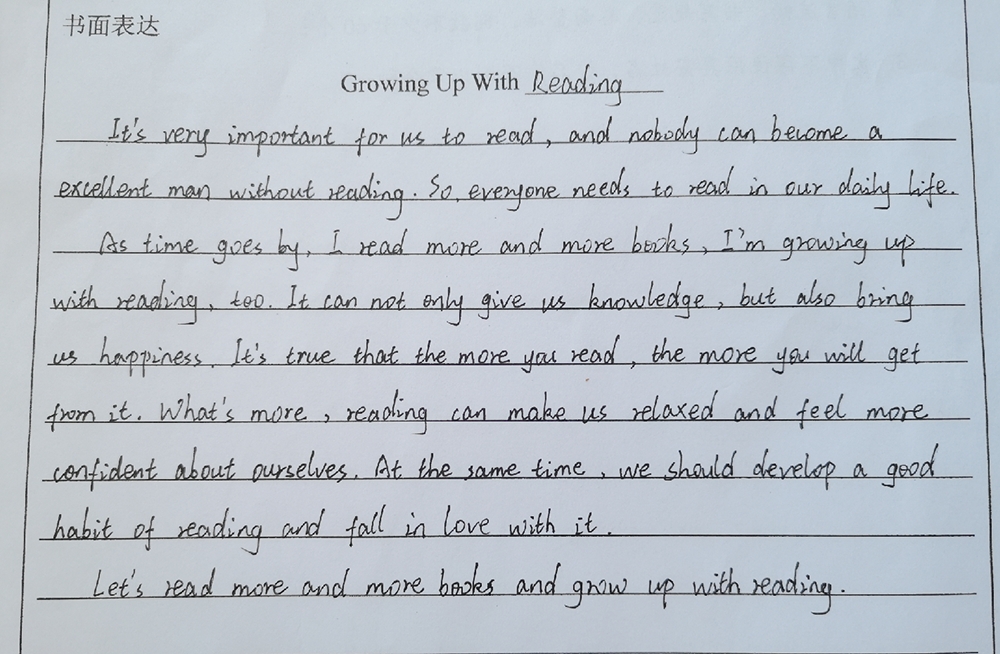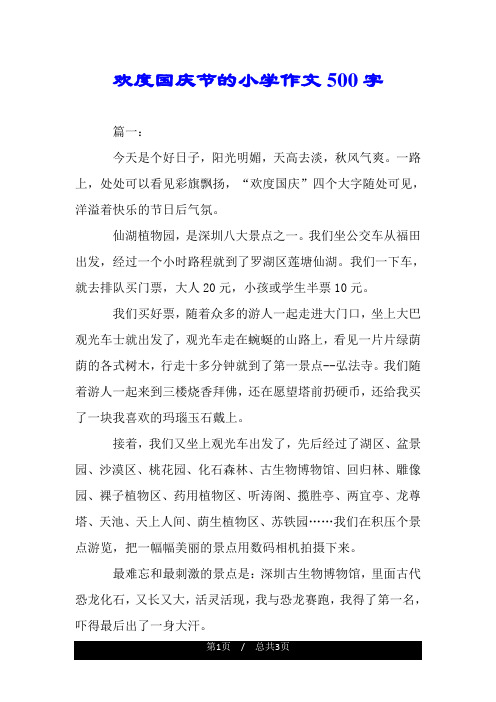2018年英语一作文(2018年英语一作文)
In the realm of English composition, the 2018 edition of the IELTS exam presented a plethora of challenges that demanded not only technical mastery but also a deep understanding of the nuances of language and thought. One area that garnered considerable interest was the task of crafting an essay on the theme of "The Future of Work". This prompt, while seemingly abstract, had the potential to delve into a myriad of complexities, including the evolution of technology, shifts in work culture, and the implications for individuals and society at large.

To begin with, the concept of the future of work required a comprehensive analysis of the current landscape, which is replete with both promise and peril. On one hand, advancements in artificial intelligence, machine learning, and automation have revolutionized industries from manufacturing to healthcare, offering unprecedented efficiency and precision. On the other hand, these same technologies are posing significant questions about job security, skill requirements, and the role of humans in the workforce. As such, the task shifted to consider both the benefits and drawbacks associated with technological progress and its impact on the labor market.
A key aspect of this analysis was to examine how technology could facilitate innovation and creativity. For instance, the rise of remote work and virtual collaboration platforms has opened up new possibilities for collaboration and knowledge sharing across geographical boundaries, enabling individuals to pursue projects that were once unattainable due to time or location constraints. Furthermore, advancements in digital tools and software have made data analysis more accessible and efficient, allowing businesses and organizations to make informed decisions based on complex information sets.
However, the rapid pace of technological change also poses significant challenges. For example, the displacement of jobs due to automation can result in unemployment or underemployment for certain groups of workers, particularly those who lack the skills necessary to adapt to the new demands of a technology-driven economy. Moreover, the increasing dependence on digital infrastructures can exacerbate existing social issues such as income inequality and access to education, as well as raise concerns about data privacy and cybersecurity threats.
Given these considerations, it became evident that addressing the future of work requires a holistic approach that encompasses both individual and societal perspectives. On the one hand, policymakers must prioritize investment in skills training and educational programs to prepare individuals for the evolving job market. At the same time, corporations should embrace a culture of innovation and continuous improvement, investing in research and development and fostering a spirit of entrepreneurship among their employees.
On a broader scale, society as a whole must grapple with the ethical implications of technological progress, ensuring that the benefits of automation are shared broadly and that vulnerable populations are not left behind. This includes efforts towards promoting inclusivity, equity, and diversity in the workplace, as well as advocating for policies that safeguard worker rights and prevent job loss due to technological disruption.
In conclusion, the essay on "The Future of Work" provided a compelling case study that highlighted the multifaceted nature of this topic. By engaging with a range of perspectives and approaches, it demonstrated that the future of work is not just an issue for technologists or policymakers alone but a shared responsibility for all stakeholders involved. As such, it remains essential that we continue to explore and debate this complex issue, seeking out innovative solutions that will ensure a prosperous and equitable future for all.
作文大纲

- 引言部分:介绍2018年英语一的写作题目,引出主题“未来的工作”。
- 正文部分: 1.分析当前技术发展对工作的影响。 2.探讨未来技术的发展可能带来的机遇和挑战。 3.讨论如何平衡技术发展与工作保障之间的关系。
- 结论部分:提出对未来工作的展望,呼吁全社会共同参与解决这一问题。


- 引言部分:介绍2018年英语一的写作题目,引出主题“未来的工作”。 1.描述2018年英语一的作文要求:以“The Future of Work”作为题目,要求考生从个人、社会、国家等角度分析未来工作的可能性及其面临的挑战。 2.引入主题:“未来工作”是一个充满挑战和机遇的话题,需要我们深入思考并探索其发展方向。

- 正文部分: 1.分析当前技术发展对工作的影响。 2.探讨未来技术的发展可能带来的机遇和挑战。 3.讨论如何平衡技术发展与工作保障之间的关系。 1.描述技术进步给工作带来的积极影响:自动化、人工智能的发展使得工作效率大幅提升,但也引发了对工人失业的担忧。 2.探讨技术发展可能带来的负面影响:技术替代可能导致某些工作岗位消失,引发社会不稳定。 3.讨论如何平衡技术发展与工作保障之间的关系:政府和企业应采取积极措施,提高工人技能和适应能力;同时,鼓励创新和技术发展,为工人提供更多就业机会。

总结





